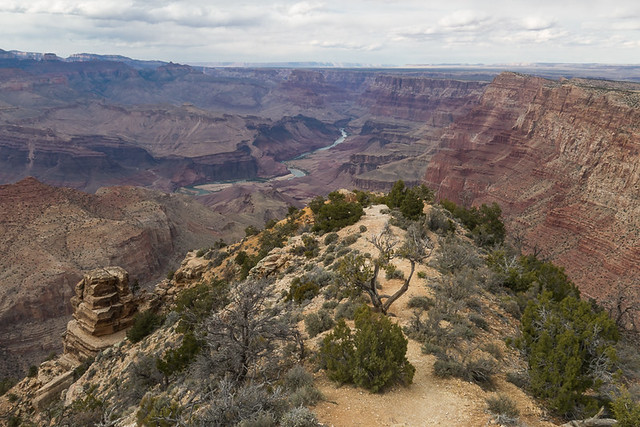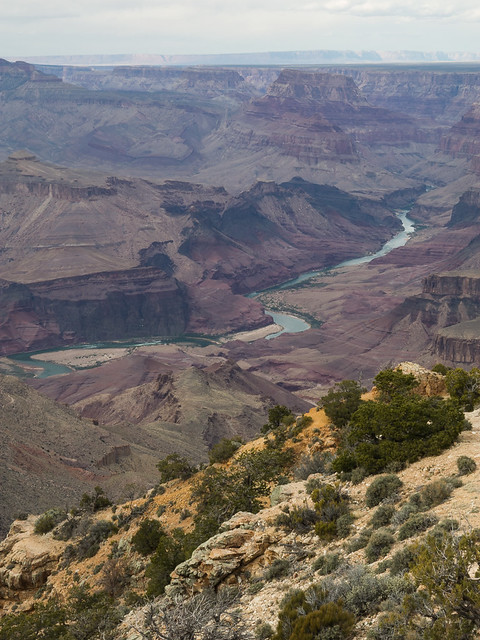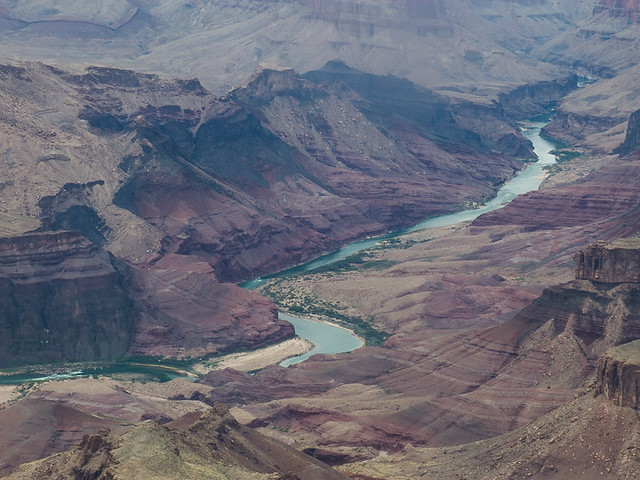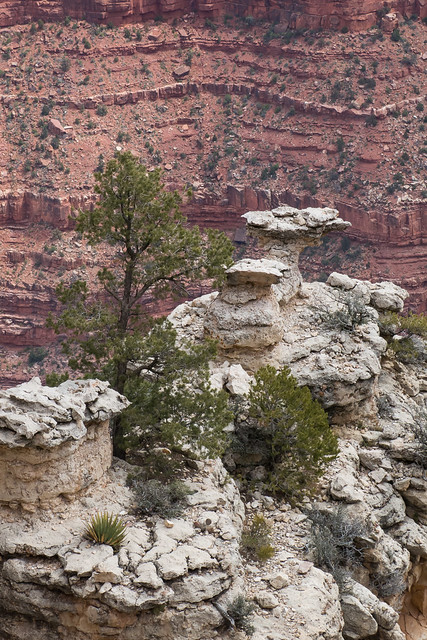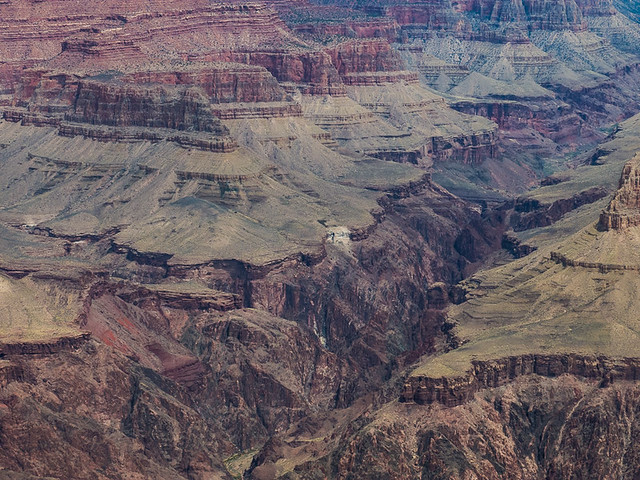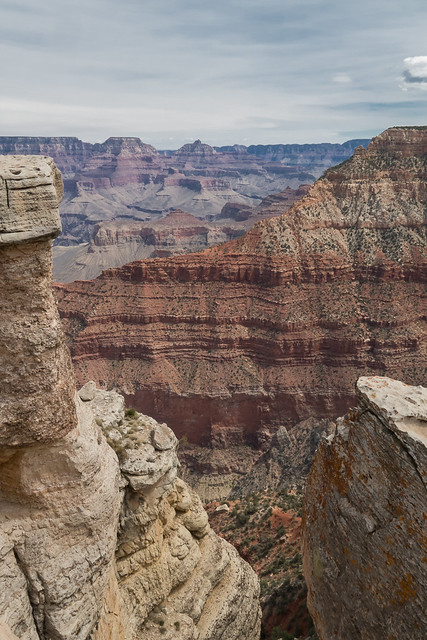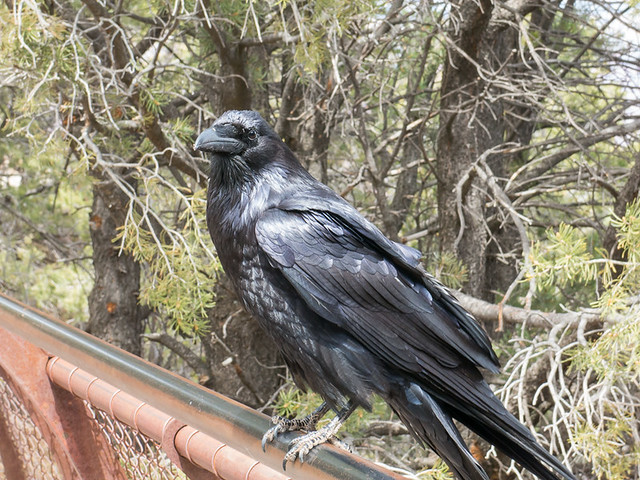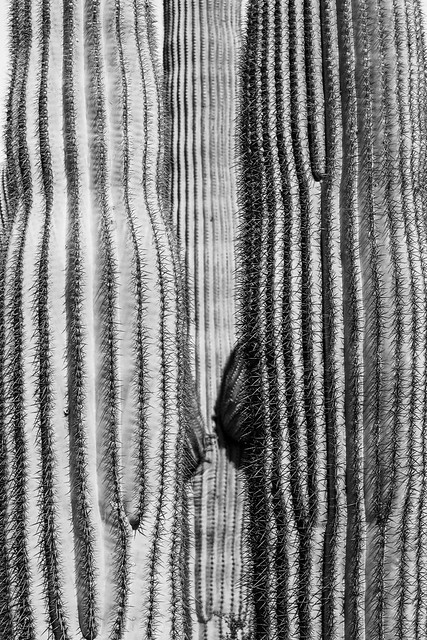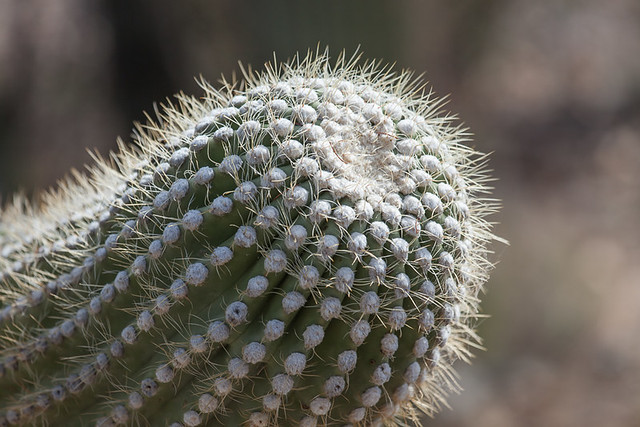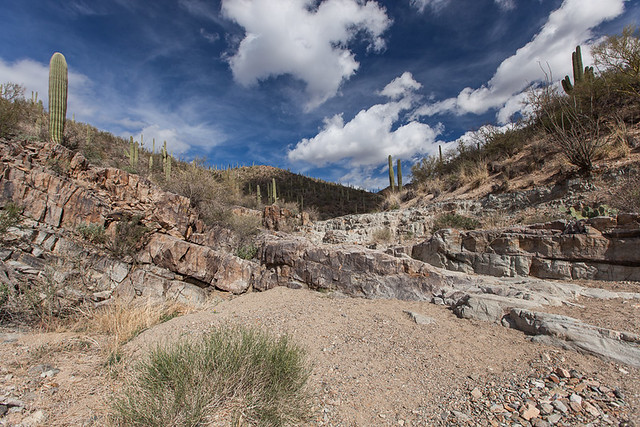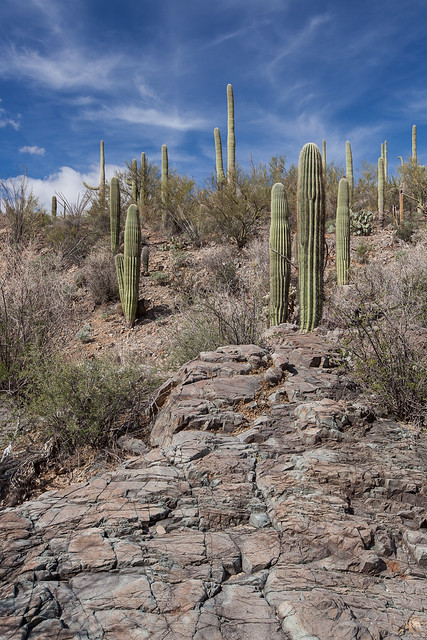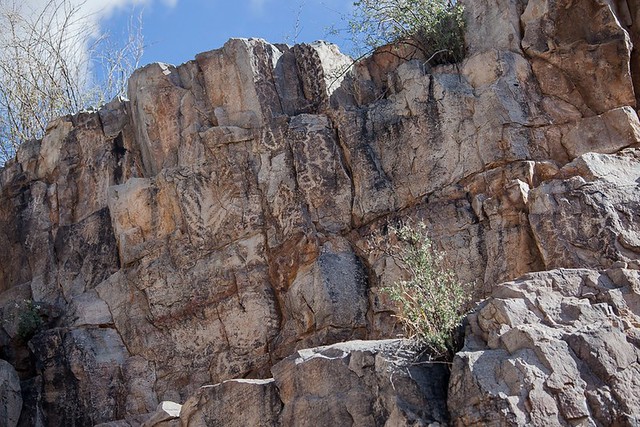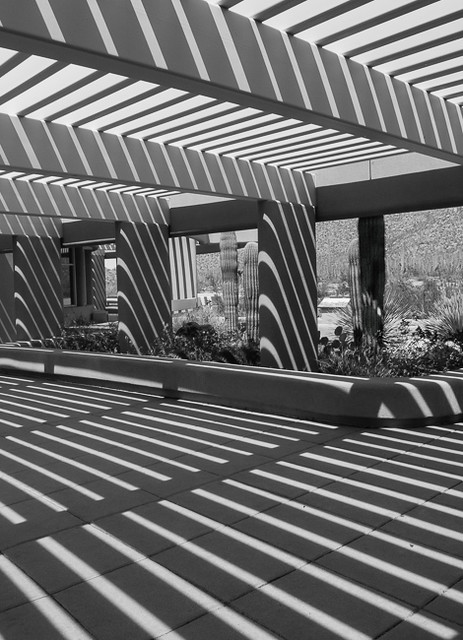Cod Tramadol Online “But love of the wilderness is more than a hunger for what is always beyond reach; it is also an expression of loyalty to the earth which bore us and sustains us, the only home we shall ever know, the only paradise we ever need – if only we had eyes to see.” ~ Edward Abbey Tramadol Online
Red Rock Overlooking Colorado River Canyon – Wilderness and Beyond
Essence of Place – Grand Canyon National Park
Imagine standing at the edge of this rock point.
Look down into canyon, over a mile deep, and watch the Colorado River as it winds its way through geological time markers.
The canyon was created by the Colorado River over a period of six million years and nearly two billion years of the history of the earth have been exposed at the river cut a deep channel and many layers of the Colorado Plateau were uplifted. As a result of these forces, three of the four eras of time are recorded in the rocks of this canyon.
Grand Canyon, located in northern Arizona, is 277 miles long. Over a mile deep and up to eighteen miles from rim to rim, it is the largest canyon in the world .
Much of the canyon is in Grand Canyon National Park, one of the first national parks in the United States. President Theodore Roosevelt was a strong proponent of protecting the natural beauty of the area. In 1908 he signed legislation making the area a National Monument, saying:
“Let this great wonder of nature remain as it now is. Do nothing to mar its grandeur, sublimity and loveliness. You cannot improve on it. But what you can do is to keep it for your children, your children’s children, and all who come after you, as the one great sight which every American should see.” ~ Theodore Roosevelt
Congress upgraded the Grand Canyon to a national park in 1919, the fifth National Park, and doubled the protected area in 1975.
The area was inhabited by Native Americans approximately 3000-4000 yeas ago.
They lived in small settlements in the canyon and its caves. The Pueblo people consider the Grand Canyon a holy place, and one of their legends tells of their ancestors opening a hole from their heavens and ascending into the deepest regions of the canyon.
Grand Canyon National Park is also a World Heritage Site.
The land is semi-arid and consists of raised plateaus and basins typical of the southwestern United States. Water drainage systems have cut into the rock, forming a maze of steep-walled canyons.
John Wesley Powell made the first recorded journey through the canyon in 1869.
He followed the course of the Colorado River. He called the many layers of exposed rock “leaves in a great story book”.
Grand Canyon National Park is also a World Heritage Site.
The land is semi-arid and consists of raised plateaus and basins typical of the southwestern United States. Water drainage systems have cut into the rock, forming a maze of steep-walled canyons.
Ravens linger around the canyon rims.
Intelligent animals, they know that a few visitors will offer them bits of food, even though it is strictly against the national park regulations. This raven was over two feet in length, a large and rather intimidating bird, intent on a midday snack.
It is common to see hawks fly across the canyon at this point, only ten miles across.
Even in less than ideal light – cloud cover – the canyon still displays an endless array of color. Solitary trees appear to grow from bare rock, their roots finding just enough soil to live in harsh conditions.
Grand Canyon – a place that truly lives up to its name.
The Essence of Place – Exploring King’s Canyon in Saguaro National Park
Saguaro National Park is all about saguaros!
There are deep canyons, endless desert, blue forever sky, the play of light and shadow, but the biggest draw are the iconic cacti of the Sonoran Desert, the giant saguaros.
It is not often the tip of a cactus arm is easily captured, but on the Kings Canyon hike in Saguaro National Park, the mountain path rises above a stand of mature saguaros.
Kings Canyon is dry on this sunny February day.
But after a heavy rain, raging flood waters can fill this canyon and overflow to the surrounding desert. A rock dam blocks this part of the canyon.
A stand of 50 to 75-year-old cacti, none yet sprouting arms. Typically a cactus will develop arms between 70 and 100 years, and can live 150 to 200 years.
Deep in the canyon, the desert varnish is marked with ancient petroglyphs. Snakes, spirals, human and animal figures are just a few of the many symbols.
Light and shadow is a large part of the desert experience, and even the buildings offer a light/shadow experience. The Visitor Center at the Tucson Unit of Saguaro National Park has a large outdoor ramada.
Stripes and saguaros!

